Building Customer Loyalty with DTF T-Shirt Printing: Customization Strategies and Metrics
DTF T-shirt Printing, a revolutionary Direct to Fabric Transfer technology, allows businesses to cre…….
In the dynamic world of textile manufacturing and fashion design, Direct to Fabric (DTF) T-shirt printing has emerged as a game-changer, offering unprecedented levels of creativity, efficiency, and customization. This article delves into the intricate details of DTF T-shirt printing, exploring its definition, global impact, economic implications, technological advancements, regulatory landscape, challenges, case studies, and future prospects. By examining these aspects, we aim to equip readers with a holistic understanding of this innovative process and its profound effects on various industries.
Definition: Direct to Fabric (DTF) printing is a digital printing technology that enables the direct application of designs onto fabric surfaces, particularly cotton, polyester, and blended fabrics used in T-shirts. Unlike traditional screen printing methods, DTF eliminates the need for separate screens, offering faster production times and greater design flexibility.
Core Components: The process involves several key components:
Digital Design Software: Designers create or edit artwork using specialized software, ensuring the design is optimized for printing.
Printhead and Ink: A DTF printer utilizes a precision printhead that deposits tiny droplets of pigment ink directly onto the fabric. High-quality inks designed specifically for fabric ensure vibrant colors and longevity.
Fabric Substrate: T-shirts made from suitable fabrics, such as cotton or polyester blends, serve as the medium for printing. Pre-treatment of the fabric may be required to enhance ink adhesion.
Printing Press: DTF printers vary in design, ranging from flatbed machines to roll-to-roll systems, each offering unique advantages for different production scales and fabric types.
Historical Context: The roots of DTF printing can be traced back to the late 20th century when advancements in inkjet technology started to revolutionize the textile industry. Early attempts at direct-to-fabric printing faced challenges with ink adhesion and colorfastness. However, significant improvements in ink formulations and printing hardware in the early 2010s led to the widespread adoption of DTF as a viable commercial option.
Significance: DTF T-shirt printing has had a profound impact on various sectors:
Personalization: It allows individuals to create custom designs, making personalized apparel accessible and affordable for everyone.
Rapid Prototyping: Designers can quickly produce prototypes or small batches, facilitating faster design iterations and market testing.
On-Demand Production: The technology enables efficient on-demand printing, reducing inventory costs and minimizing waste.
Creative Freedom: DTF printing supports a wide range of design possibilities, from simple text to complex imagery, fostering creativity among artists and designers.
DTF T-shirt printing has transcended geographical boundaries, leaving its mark on the global fashion and apparel industry:
| Region | Impact and Trends |
|---|---|
| North America | Known for its early adoption of DTF technology, North America leads in personalized apparel and on-demand printing. Companies like Printful and Printify have popularized DTF printing services, catering to both businesses and individuals. |
| Europe | European markets prioritize sustainable and eco-friendly practices. DTF printing aligns with these trends as it reduces waste compared to traditional methods. The region also sees a rise in custom T-shirts for promotional events and merchandise. |
| Asia-Pacific | This region, particularly countries like China and India, is a manufacturing hub. DTF printing has gained traction here due to its cost-effectiveness and efficiency, catering to both local and global markets. |
| Latin America | With a growing fashion industry, Latin American countries are embracing DTF printing for its ability to deliver unique, locally inspired designs quickly. |
The global DTF T-shirt printing market is experiencing steady growth, driven by the rising demand for personalized apparel and on-demand production models. According to a 2023 report by Grand View Research, the market size was valued at USD 4.5 billion in 2022 and is expected to grow at a CAGR of 12.5% from 2023 to 2030.
Investment in DTF printing technology has been significant, particularly from established textile manufacturers and startups focusing on personalized products. The ease of entry and potential for high margins attract entrepreneurs, leading to a vibrant ecosystem of DTF-focused businesses.
DTF T-shirt printing contributes to economic growth by:
Job Creation: It fosters the development of specialized printing facilities and supports related industries like design, marketing, and e-commerce.
Cost Efficiency: By minimizing waste and reducing production time, DTF printing lowers operational costs for businesses, making it an attractive option for small and medium enterprises (SMEs).
Export Potential: The technology enables local manufacturers to compete globally by offering unique, customizable products at competitive prices.
Continuous improvements in printhead design have led to higher printing speeds, better resolution, and enhanced ink accuracy. Modern printheads can achieve resolutions up to 1200 dpi, ensuring fine detail in designs.
Inks have evolved to offer improved adhesion, colorfastness, and weather resistance. Eco-friendly and water-based inks are gaining popularity due to their reduced environmental impact and easy disposal.
Advanced design software now provides real-time printing previews, automation for repetitive designs, and integration with e-commerce platforms, streamlining the entire printing process.
The regulatory environment surrounding DTF printing is generally favorable due to its minimal environmental impact compared to traditional methods. However, regulations vary across regions:
Safety Standards: Printing facilities must adhere to safety guidelines for handling inks and maintaining proper ventilation to protect workers’ health.
Labeling and Packaging: Some regions require specific labeling and packaging standards for printed products to ensure consumer protection.
Intellectual Property Rights: As DTF printing facilitates easy replication, laws protecting intellectual property rights are essential to safeguard original designs.
Despite its numerous advantages, DTF T-shirt printing faces several challenges:
Ink Cost: High-quality inks can be expensive, especially for specialized color palettes and eco-friendly options.
Design Complexity: While DTF printing supports complex designs, achieving fine details and intricate patterns may require advanced printhead technology and skilled operators.
Waste Management: Despite its reduced waste compared to traditional methods, proper disposal of used inks and fabric remains a concern.
Competition: The accessibility of DTF printing has led to increased competition, making it crucial for businesses to differentiate their offerings through unique designs and customer service.
Case 1: Customized Lifestyle Brand
Company: Lifestyle Co. (USA)
Solution: Adopted DTF printing for its e-commerce platform, offering customers the ability to customize T-shirts with text, graphics, and photos.
Results: Experienced a 30% increase in online sales within the first year, attracting a younger demographic seeking personalized products.
Case 2: Sustainable Fashion Startup
Company: Eco-Tees (UK)
Solution: Utilized DTF printing with water-based inks and recycled fabrics to create an eco-conscious apparel line.
Results: Gained popularity among environmentally conscious consumers, resulting in rapid growth and partnerships with sustainability-focused brands.
The future of DTF T-shirt printing looks promising, driven by ongoing technological advancements and evolving consumer preferences:
Integration with AI: Artificial intelligence can enhance design capabilities, automate repetitive tasks, and predict trends, streamlining the entire printing process.
Sustainable Innovations: Further developments in eco-friendly inks and fabric treatments will address environmental concerns, making DTF printing an even more attractive sustainable option.
Global Expansion: As emerging markets embrace e-commerce and personalized products, DTF printing is poised to gain a stronger foothold globally.
Collaboration Opportunities: Partnerships between DTF printers and fashion designers can lead to innovative collections, blending technology with creative expression.
Direct to Fabric (DTF) T-shirt printing has revolutionized the apparel industry by offering unprecedented levels of customization, efficiency, and creativity. Its global impact spans from personal expression to economic growth, shaping the future of fashion and design. As technology continues to evolve, DTF printing will undoubtedly play a pivotal role in meeting the diverse needs of consumers worldwide.

DTF T-shirt Printing, a revolutionary Direct to Fabric Transfer technology, allows businesses to cre…….
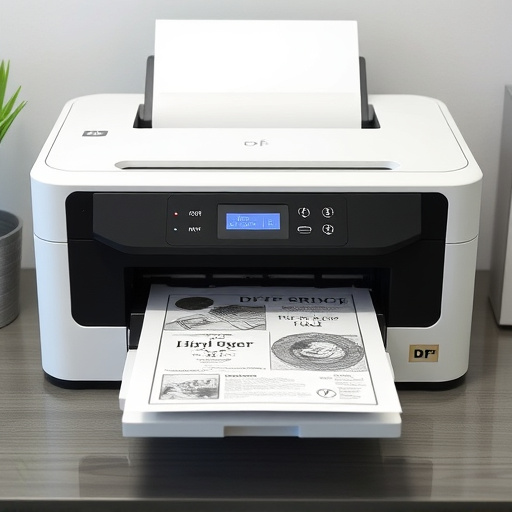
DTF (Direct to Fabric) T-shirt Printing is a revolutionary method for creating custom apparel, offer…….
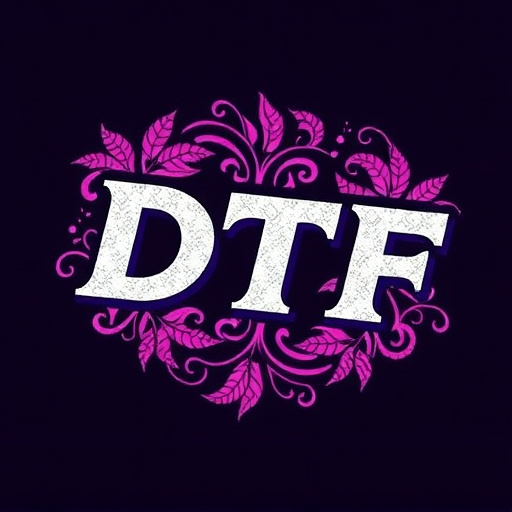
DTF T-shirt Printing is a cutting-edge, versatile method for influencers to create high-quality cust…….

DTF (Direct to Garment) T-shirt Printing is an innovative technique revolutionizing the textile indu…….

DTF (Direct-to-Fabric) T-shirt printing is a cutting-edge method revolutionizing the apparel industr…….
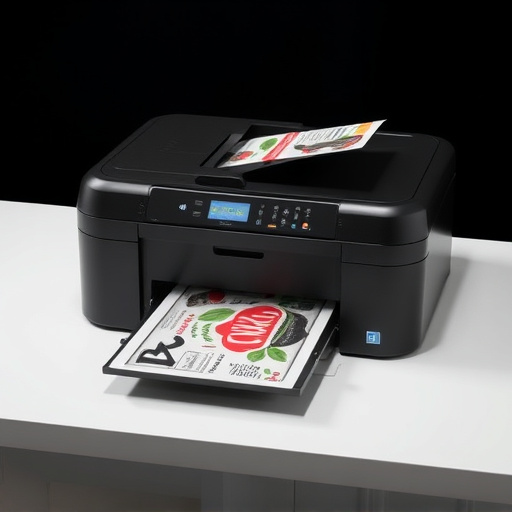
To successfully market a DTF T-shirt Printing business online, target young adults and millennials w…….
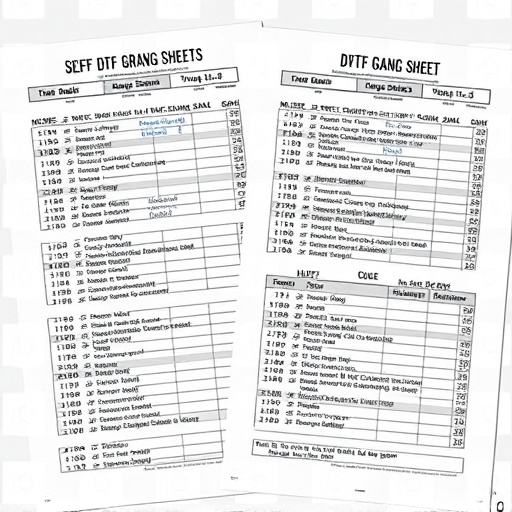
Direct to Fiber (DTF) T-shirt printing offers cutting-edge custom apparel creation with vibrant, hig…….
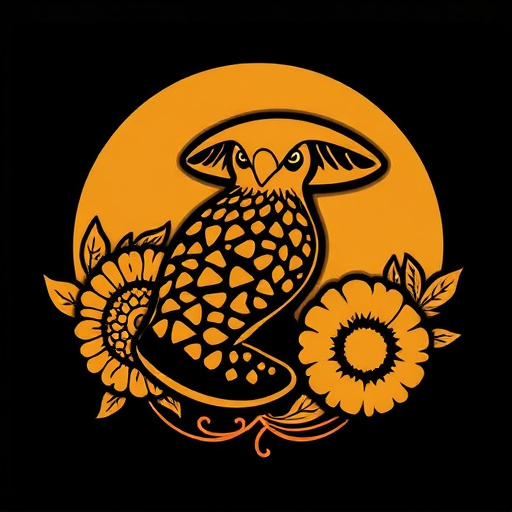
DTF (Direct-to-Fabric) T-shirt printing has revolutionized customization in the apparel industry, fo…….
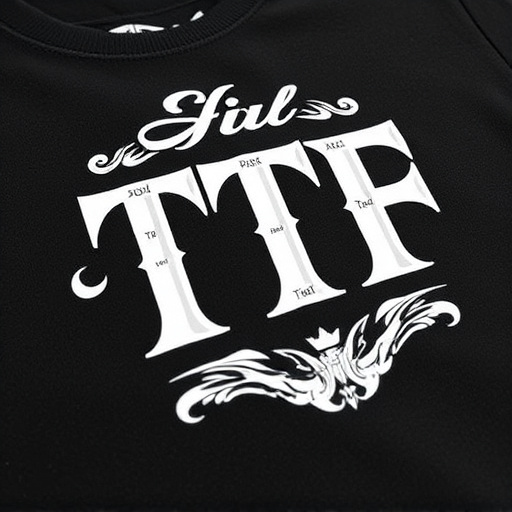
Before printing with DTF (Direct to Fabric) technology, conduct thorough pre-printing checks and cal…….
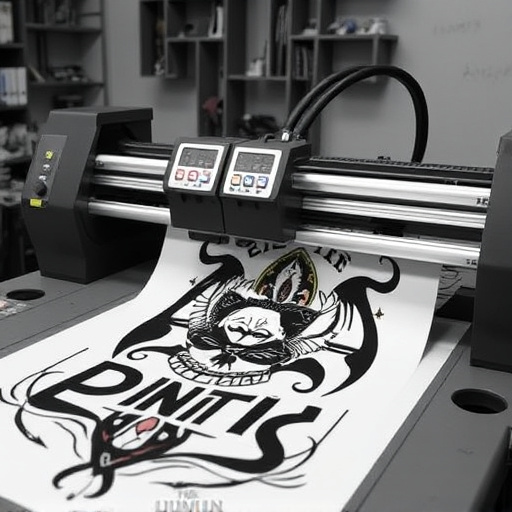
DTF (Direct-to-Fabric) T-shirt Printing is a revolutionary method in the apparel industry, allowing…….